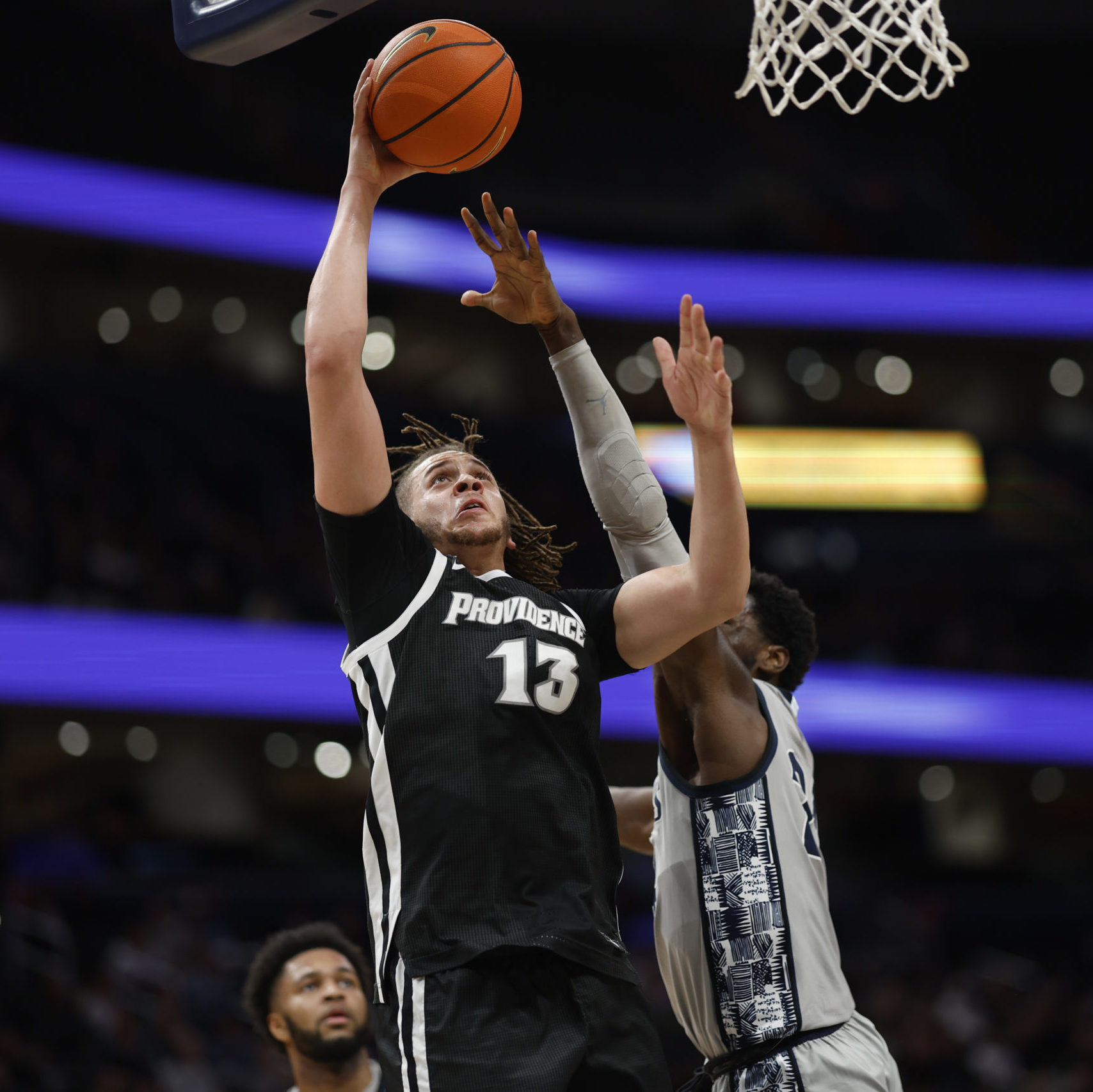The following clinic article from Nebraska Wesleyan University coach Dale Wellman appears in the Winter 2019 edition of NABC Time-Out Magazine. To view the entire Winter 2019 issue, click here.
At Nebraska Wesleyan we like to play fast and take advantage of transition opportunities. We averaged 95.5 points a game last season, and we’d like to think a big part of that was because of the numerous transition drills that we use to drive home our philosophies, while also teaching our guys how to play smart at a faster pace. This is one of the more competitive drills that our guys get into and enjoy. We also tailor it to emphasize our desire to offensive rebound.
It starts with five guys for one team (TEAM A) lined up facing five players from the other team (TEAM B) on either side of midcourt. We do not ask certain positions to line up in a certain place or have the same positions facing each other. A coach stands on the sideline in between the two teams with a ball.
We put eight seconds on the shot clock to begin each round. We believe that if we push the ball hard enough in transition, whether it is after a make, a miss, or turnover, we can create an advantage, but this advantage is a small window. We preach passing with a purpose. Do not throw the ball ahead in transition just simply to get rid of it. You must recognize the advantage and pass accordingly. Giving the team eight seconds emphasizes making quick decisions to get the best possible shot.
The coach will throw the ball to one player on TEAM A (Diagram 1). The corresponding player that is in front of him on TEAM B will immediately leak out to the opposite end of the court. TEAM A will then have eight seconds to pass with a purpose and get up a shot. TEAM A only gets one shot. It is 5v4 so they should be able to get a great look if they pass with a purpose (Diagram 2). If they make it, they receive two or three points depending on where the shot was taken. However, we preach eight feet in the paint offensive rebounding, so the four guys on TEAM A that are supposed to rebound will crash (Diagram 3). It is key for us that the one person who is supposed to get back, does in fact get back, because TEAM B has the player that leaked out at the beginning of the drill. If the shot is missed TEAM A can get one point for an offensive rebound. Once they secure the offensive rebound, they place the ball on the floor and sprint back.
It is key that TEAM A not turn the ball over. A live ball turnover will result in an easy two points for the other team as they will be able to throw it ahead to the leaked-out team member.
Once TEAM B touches the ball, they can go with it (Diagram 4). They do not have to take the ball out on a made shot by TEAM A. We want to make it hard on TEAM A, who just shot and sent four guys to the glass, to sprint back and stop them. We also want TEAM B to try and get an advantage by pushing it quickly up the court…and perhaps throwing it to the guy that originally leaked out.
We will have the clock reset to 20 seconds when TEAM B touches the ball. They then will play 5v5 starting with transition. TEAM B is allowed more than one shot during this possession. The round is not over until TEAM B scores or TEAM A gets a stop. We still continue to reward an extra point for offensive rebounds.
Once that round is over, teams return to the alignment at mid-court and the coach throws the ball to the other team (TEAM B) to begin the next round. We will play this for 6-8 minutes or for a certain number of rounds. Losing team will run.



